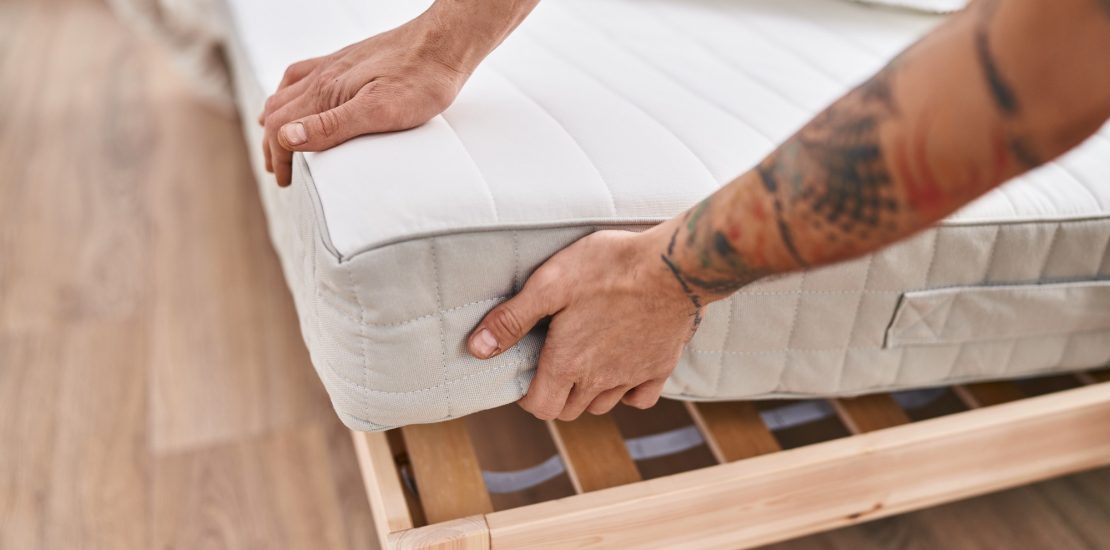For fitness enthusiasts, recovery is just as vital as training. Whether you’re lifting weights, running marathons, or doing high-intensity interval training, your muscles need quality rest to rebuild and grow stronger. While nutrition and hydration often take center stage in post-workout recovery conversations, one crucial element is frequently overlooked: your mattress.
Choosing the right mattress can dramatically affect how well your body recovers from exercise. In this blog post, we’ll dive deep into why mattresses matter for muscle recovery and what fitness lovers should consider when buying one.
Why Recovery Matters
Muscle recovery is the process through which the body repairs and strengthens itself after physical activity. It involves several physiological processes, including tissue repair, replenishment of energy stores, and reduction of inflammation. Adequate recovery prevents injury, boosts performance, and contributes to long-term progress.
Sleep plays a central role in this process. During deep sleep—especially slow-wave sleep—your body releases growth hormone, which aids in muscle repair and regeneration. Poor sleep quality can slow down recovery, cause fatigue, increase cortisol levels (the stress hormone), and hinder athletic performance.
How Mattresses Affect Recovery
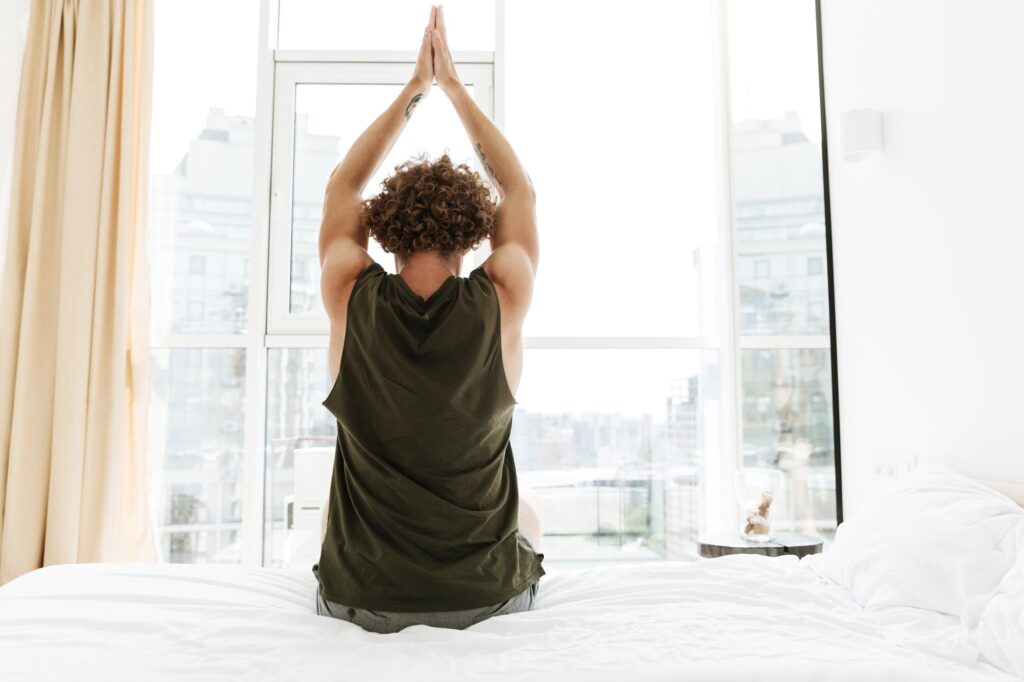
Your mattress is more than just a place to sleep—it’s a recovery tool. Here’s how it impacts post-exercise healing:
1. Spinal Alignment
Proper alignment during sleep ensures that your muscles can fully relax. A mattress that’s too soft or too firm can place pressure on the spine and muscles, causing tension and soreness. Using a mattress topper with the right firmness level can help adjust your sleeping surface to promote a neutral spine position, reducing the risk of aches and pains.
2. Pressure Relief
After an intense workout, your muscles and joints need relief. A good mattress evenly distributes your weight and cushions pressure points such as shoulders, hips, and knees. This minimizes discomfort and enhances circulation, which is essential for tissue repair.
3. Temperature Regulation
After exercise, your body temperature tends to stay elevated. A breathable mattress that offers cooling properties can help you fall asleep faster and stay in the restorative stages of sleep longer. Memory foam infused with gel, latex, or hybrid models with airflow channels can help with temperature control.
4. Motion Isolation
If you share a bed, motion isolation ensures your partner’s movements don’t disturb your sleep. Uninterrupted sleep is critical for muscle repair, so a mattress that absorbs motion is ideal for fitness lovers.
5. Support and Comfort Balance
A balance between softness and support is key. The mattress should support the lumbar region without causing the body to sink excessively. This balance helps muscles remain relaxed while maintaining proper alignment.
Mattress Types for Muscle Recovery
Not all mattresses are created equal. Here are the most popular types and how they measure up for fitness lovers:
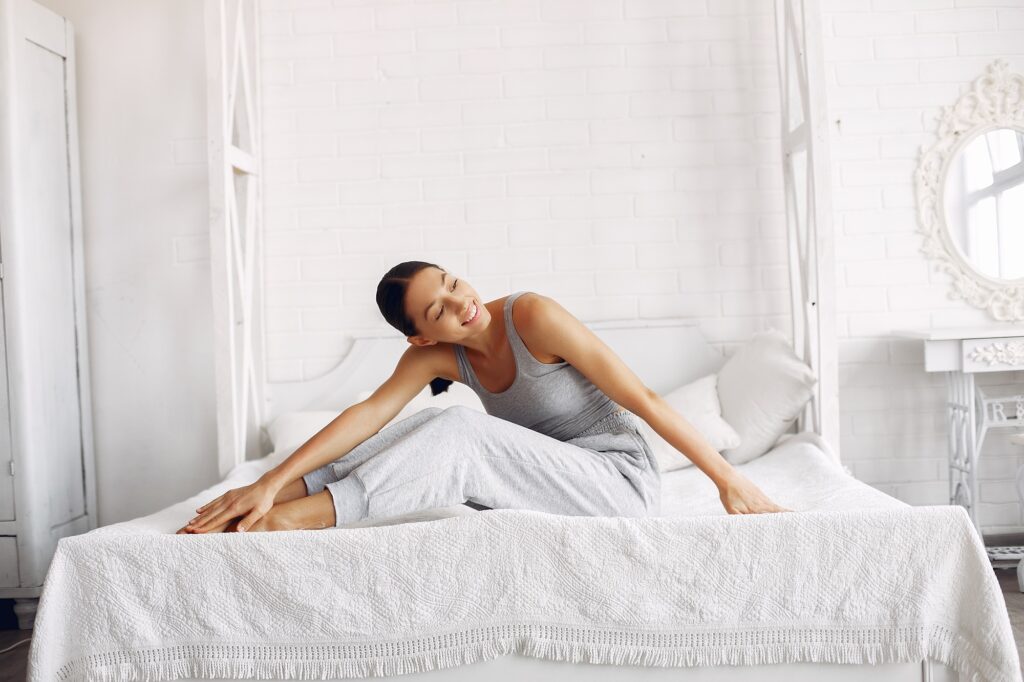
1. Memory Foam
- Pros: Excellent pressure relief, conforms to body shape, great motion isolation.
- Cons: May retain heat, slower responsiveness.
- Best For: People who want contouring support and sleep alone or with minimal movement.
2. Latex
- Pros: Naturally breathable, responsive, supportive, eco-friendly.
- Cons: Can be heavy and more expensive.
- Best For: Athletes who need bounce, cooling, and support without the sinking feeling.
3. Hybrid (Foam + Innerspring)
- Pros: Combines support with contouring, good airflow, durable.
- Cons: Can be heavier, more expensive than traditional spring beds.
- Best For: Fitness lovers looking for the best of both worlds—support and comfort.
4. Innerspring
- Pros: Affordable, good airflow.
- Cons: Less contouring, may not offer adequate pressure relief.
- Best For: Light exercisers or those who prefer a firm, bouncy feel.
Key Features to Look For
When shopping for a mattress to support your active lifestyle, keep these essential features in mind:
1. Firmness Level
Medium-firm is typically ideal for muscle recovery. It offers enough support for the spine while providing adequate cushioning for joints and muscles. If your current mattress feels too soft, consider buy firm mattress topper to enhance support. However, firmness preference can vary based on sleep position and body weight.
2. Zoned Support
Some mattresses feature zoned support systems that target different areas of the body with varying firmness. For example, the hips might need more support than the shoulders. This targeted design helps in keeping the spine aligned while relieving pressure.
3. Cooling Technology
Look for mattresses with gel-infused foams, phase-change materials, or breathable cover fabrics. These innovations help regulate body temperature, which is essential for uninterrupted sleep and effective muscle repair.
4. Motion Isolation
Especially important for couples, good motion isolation ensures that movement on one side of the bed doesn’t disrupt the other side—helping you stay asleep through the night.
5. Durability and Warranty
Recovery-focused mattresses are an investment. Choose one with a long lifespan and a solid warranty policy—typically 10 years or more. Durability ensures consistent support, which is vital for long-term health and fitness benefits.
6. Eco-Friendliness
Many fitness lovers are also conscious consumers. Natural latex, organic cotton covers, and CertiPUR-US certified foams are great options for those looking to reduce environmental impact without compromising on performance.
Tips for Better Recovery Sleep
Buying the right mattress is only part of the equation. Here are additional tips to enhance your sleep quality and muscle recovery:
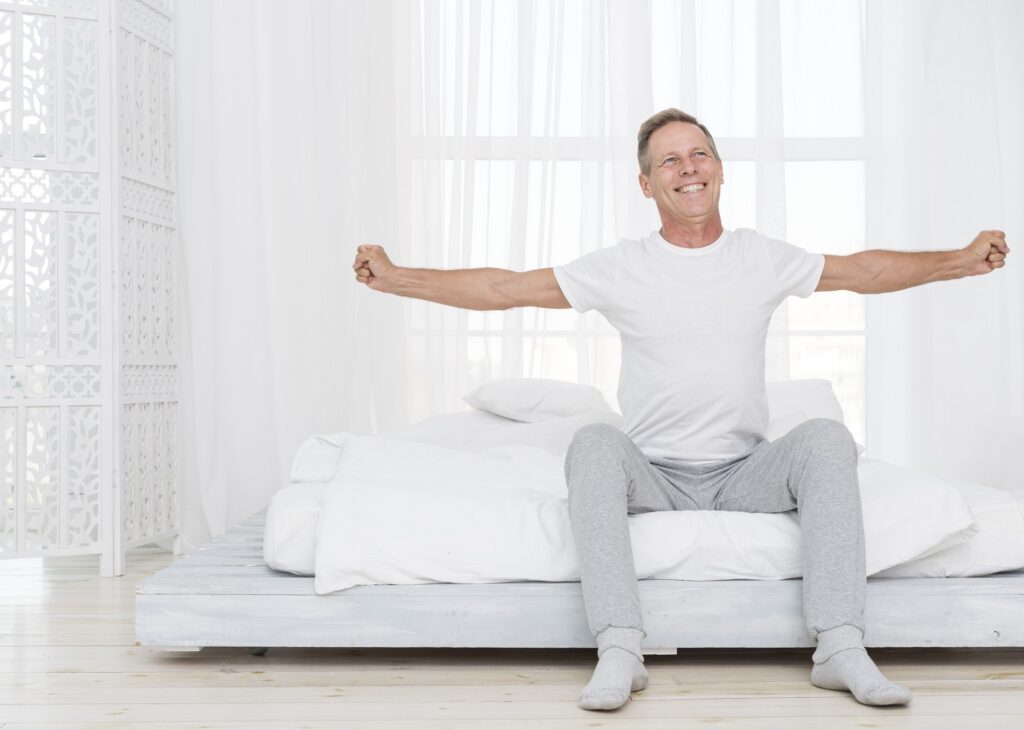
- Stick to a consistent sleep schedule to help regulate your circadian rhythm.
- Use supportive pillows and consider your sleep posture.
- Keep the room cool and dark, which encourages deeper sleep.
- Avoid caffeine and electronics before bedtime.
- Stretch and hydrate after workouts to promote faster recovery.
When to Replace Your Mattress
If your mattress is more than 7–10 years old, sagging, or causing aches and pains, it might be time for a replacement. Warning signs like waking up sore or not feeling well-rested after a full night’s sleep can indicate that your current mattress isn’t supporting your recovery needs.
Final Thoughts
A well-designed mattress can significantly accelerate your muscle recovery, giving you a competitive edge and helping you stay consistent with your training. Fitness lovers often invest heavily in gym memberships, supplements, and gear—but overlooking sleep quality can undermine all of that effort.
When it comes to recovery, your mattress matters. Choose one that supports spinal alignment, regulates temperature, and offers comfort without compromising support. By prioritizing the right sleep surface, you’re not just resting—you’re actively rebuilding, repairing, and strengthening for tomorrow’s workout.
Sleep smart. Train hard. Recover stronger.
